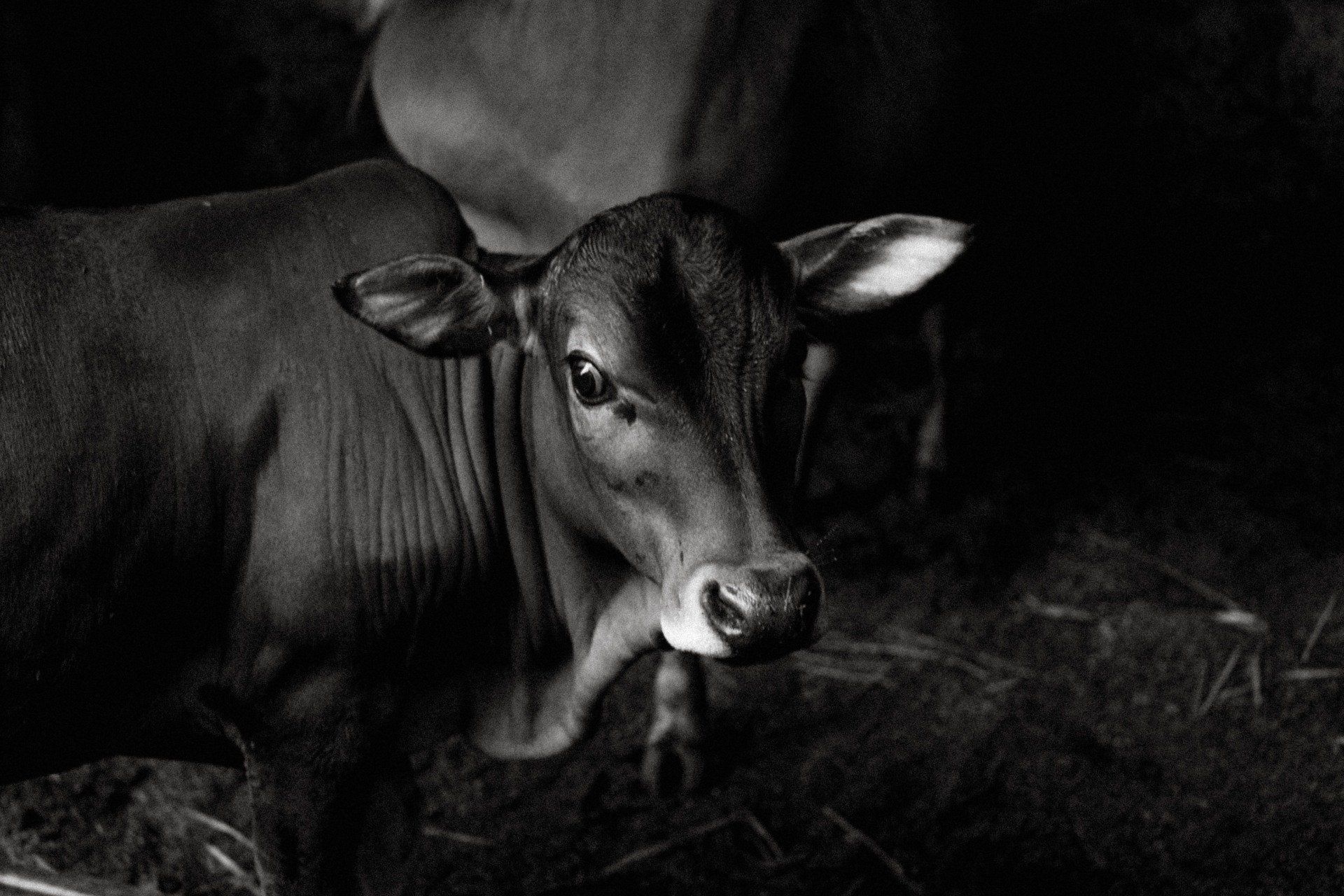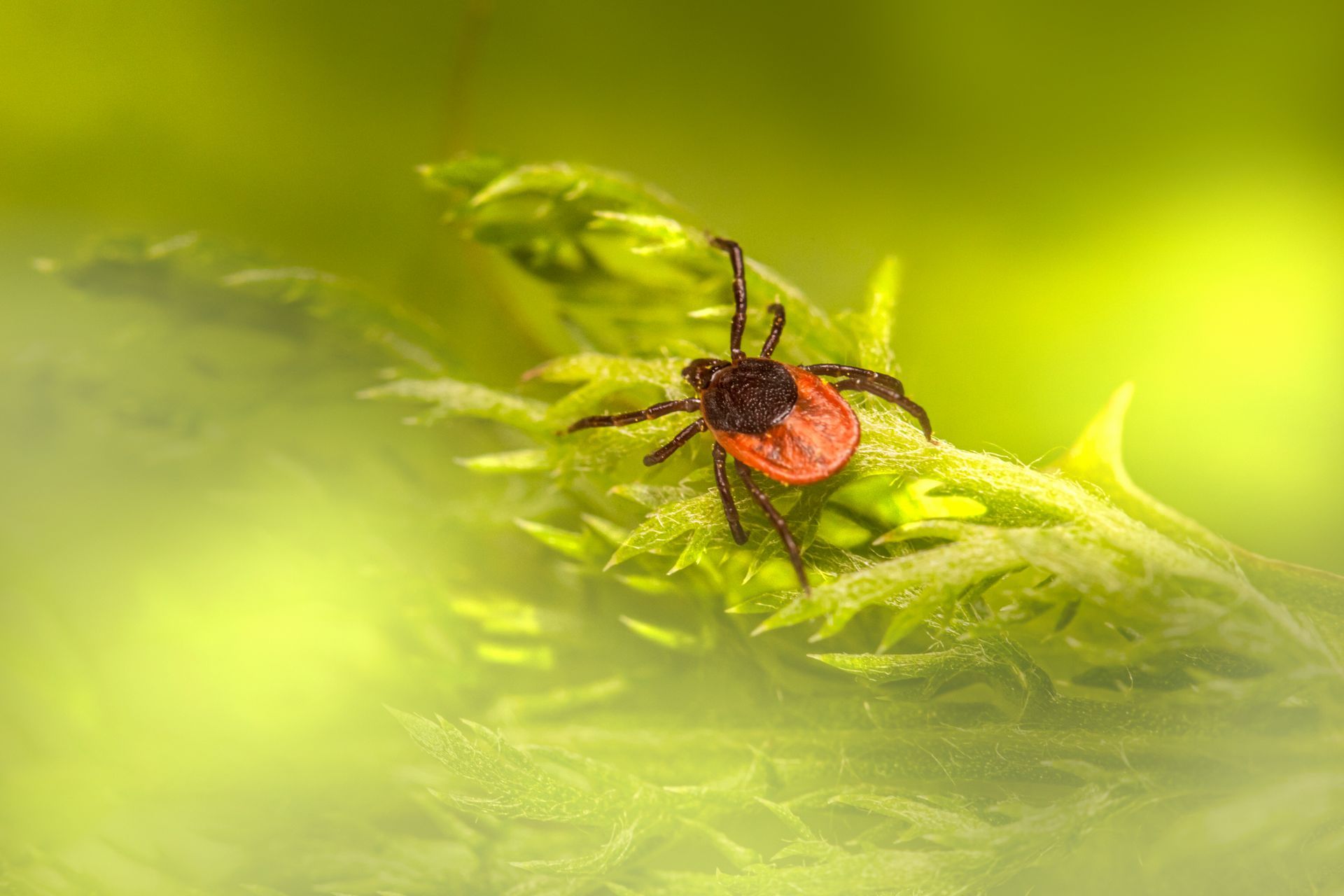Quality and Service
Our most important products
Quality and Service
Our most important products
Home Canning Meat - Plain and Simple
https://ladyleeshome.com/how-to-can-meat/
One of the best canning guides on line comes from Lady Lee's Home! I hope that you will take the time to look at her website and try some of her canning recipes. I have canned meat for years, my mother in law taught me when I was just married when we would have two pigs and a beef butchered every year. We spent a lot of time in her kitchen canning, those were the good old days. To this day, I currently can meat, fruits, vegetables along with jams, etc. This year I even tried zucchini bread - epic failure!
Below you will read the instructions, they are perfectly written. If you have any questions go to Lady Lee's website. There is something to
amazing about having your own canned meat. We don't raise our own but when I find a good sale or can buy off of an area farmer, I do it. I currently have beef, pork, chicken, meatloaf, and taco meat in my cellar. It is so convenient and I don't have to worry if my power goes out because it is ready to eat.
I love canning, it's a lot of work but it feels good to feed your family wholesome goodness out of a jar.
How to Can Meat
A step by step tutorial on how to can meat using the raw pack method. You can follow these steps when canning meat like beef, pork, venison, moose, caribou, elk, or bear.
Prep Time 30 minutes
Processing Time 1 hour 30 minutes
Total Time 2 hours
Ingredients
- Meat: elk, pork, venison, beef, bear, moose, or caribou
- Salt and other seasonings (optional)
- Water or bone broth
Instructions
- Trim and clean your meat of any unwanted parts and cut into 1'' cubes.
- Wash your jars, lids, and rings with soapy, warm water.
- If you'd like, add a teaspoon of salt to each pint jar and two teaspoons of salt to each quart jar (you can add additional seasonings like peppercorns or chili flakes if you'd like).
- Pack each jar with the cubed meat. Make sure to leave one-inch headspace.
- If you are canning venison or caribou, for example, I recommend adding a little bit of water or bone broth (2 tablespoons or so) to each jar. Pork and beef probably don't require any additional liquid.
- Clean the rim of your jars with a clean, damp paper towel.
- Cover the jars with the lids and close with the rings to fingertight.
- The following canning instructions are for a Presto pressure canner. If you have a different pressure canner, make sure to follow your manufacturer directions. Add jars to the canner (place them on the rack) so they don't touch each other.
- Fill the canner with enough water to reach just below the bend in the jar.
- Close the canner and turn the heat on high. Once steam starts to come out of the vent set your timer to 10 minutes.
- After 10 minutes, cover the vent with the weight and watch the dial. Once it reaches 11 psi (you can find the adjustment table in the notes below) adjust the temperature to hold the pressure.
- Process pint jars for 75 minutes and quart jars for 90 minutes.
- Once the time is up, turn off the heat and let your canner cool slowly.
- When the canner is cool, open it and let the jars rest in the hot water for 5-10 minutes. Then, use the jar lifters to remove the jars. Set your jars on a kitchen towel on the kitchen counter for 12 hours to cool completely.
- Make sure to check that the jars sealed and remove the rings before storing the jars.
Notes
You can follow the same process when canning venison, elk, caribou, moose, bear, pork, or beef.
Some people always add salt but it's optional and is only added for taste. If you choose to add salt, add one teaspoon to each pint jar or two teaspoons to each quart jar before you pack the meat in the jar.
Good Luck!
You might also like
Jaynie Norman


Book a Service Today
We will get back to you as soon as possible
Please try again later
Navigation
All Rights Reserved | Gerber & Sons, Inc.
Website created and hosted by Seifert Technologies, Inc.
All Rights Reserved | Gerber & Sons, Inc.
Website created and hosted by Seifert Technologies, Inc.
